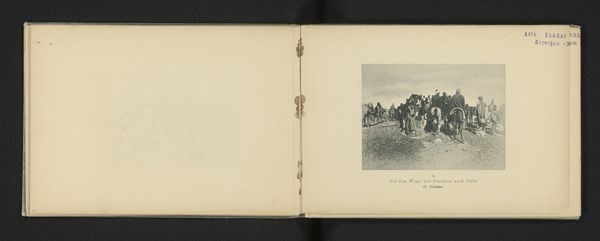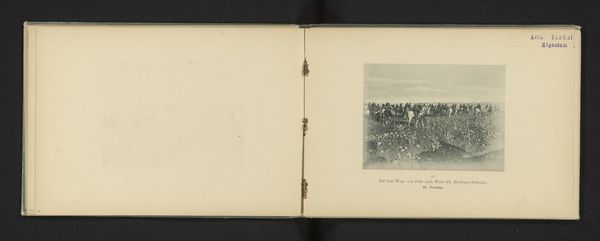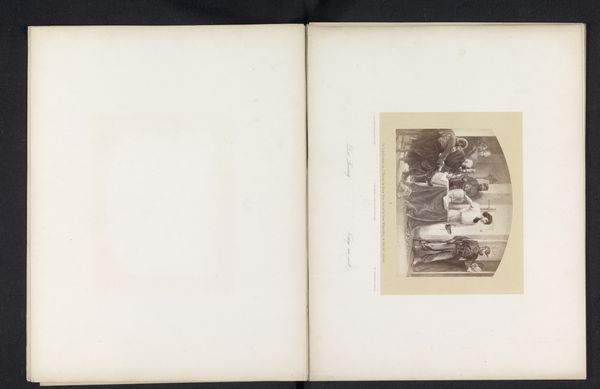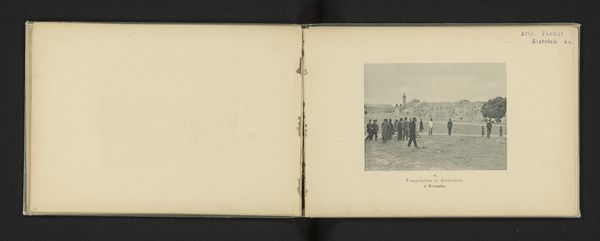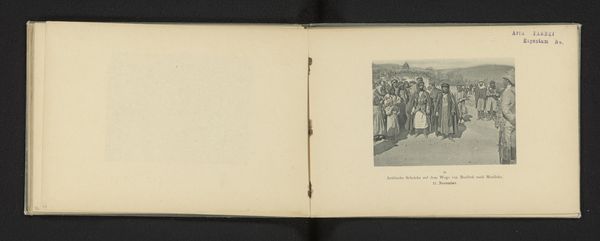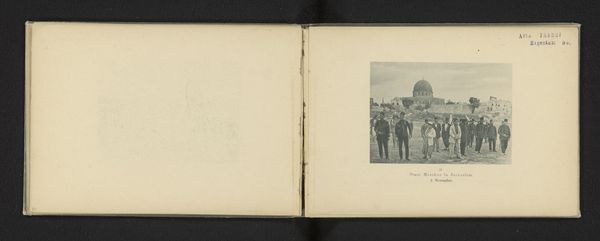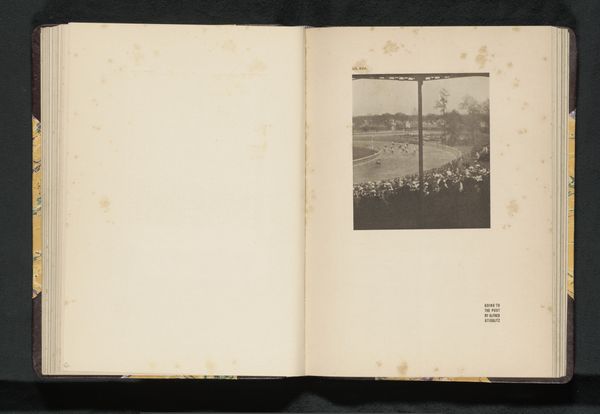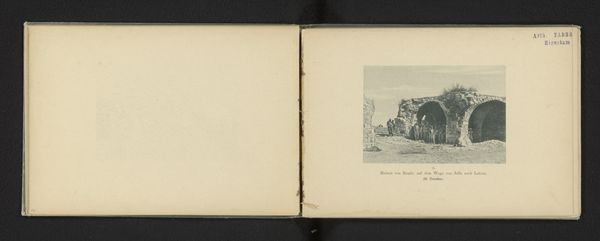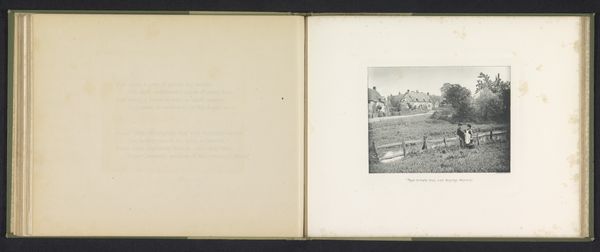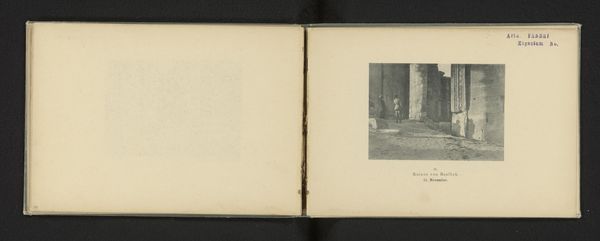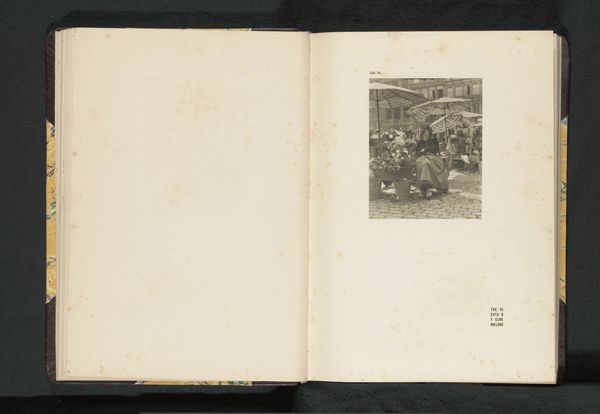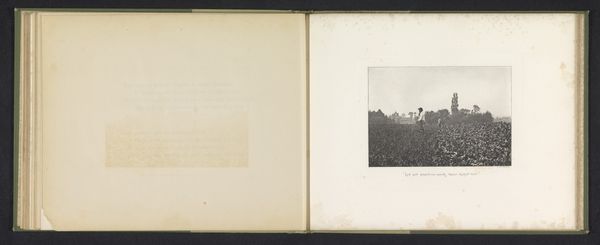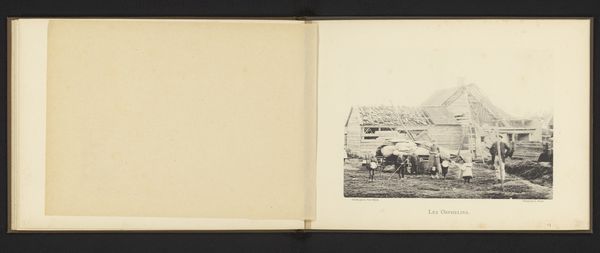
Rustmoment voor het reisgezelschap van keizer Wilhelm II van Duitsland op de weg van Caesarea naar Jaffa, Israël before 1899
0:00
0:00
print, photography, gelatin-silver-print
# print
#
landscape
#
photography
#
orientalism
#
gelatin-silver-print
#
genre-painting
#
realism
Dimensions: height 82 mm, width 119 mm
Copyright: Rijks Museum: Open Domain
Curator: Look at this gelatin-silver print; it’s titled "Rest moment for the traveling party of Emperor Wilhelm II of Germany on the road from Caesarea to Jaffa, Israel" and dates back to before 1899. Quite a mouthful, isn't it? Editor: Absolutely! The sheer formality is striking; it almost feels staged. The light seems unusually stark too, a somewhat melancholic glare blanketing the entire composition. Curator: Orientalism, a photographic lens reflecting a very specific power dynamic in the late 19th century. The photograph, likely intended for private viewing by the German court, now reveals layers of cultural assumptions and imperial aspirations. It subtly glorifies German presence and dominance. Editor: Precisely. Notice how Wilhelm and his entourage command the immediate foreground, contrasting with what appears to be a subjugated local population relegated to the background and the arid landscape itself. The picture doesn't depict an even relationship but rather highlights colonial dynamics. Curator: And in doing so, inadvertently turns itself into a commentary about historical memory itself. The image intends to document progress, but becomes a monument to the cultural insensitivity of the entire imperial undertaking. Editor: I'm reminded of a passage by Susan Sontag about photography. The way photographs can offer simultaneous readings is fascinating; the medium makes truth claims, yet constantly performs them for us to interpret. This does that very well. Curator: Indeed. What once was a snapshot intended to freeze a moment in time, in turn ends up sparking ongoing reflections, both about the subject, and ourselves as viewers, seeing history from a different perspective. Editor: That’s so well put. In the end, art like this serves less as an artifact, and more as a conduit. A conversation starter between past, present, and possible futures.
Comments
No comments
Be the first to comment and join the conversation on the ultimate creative platform.

